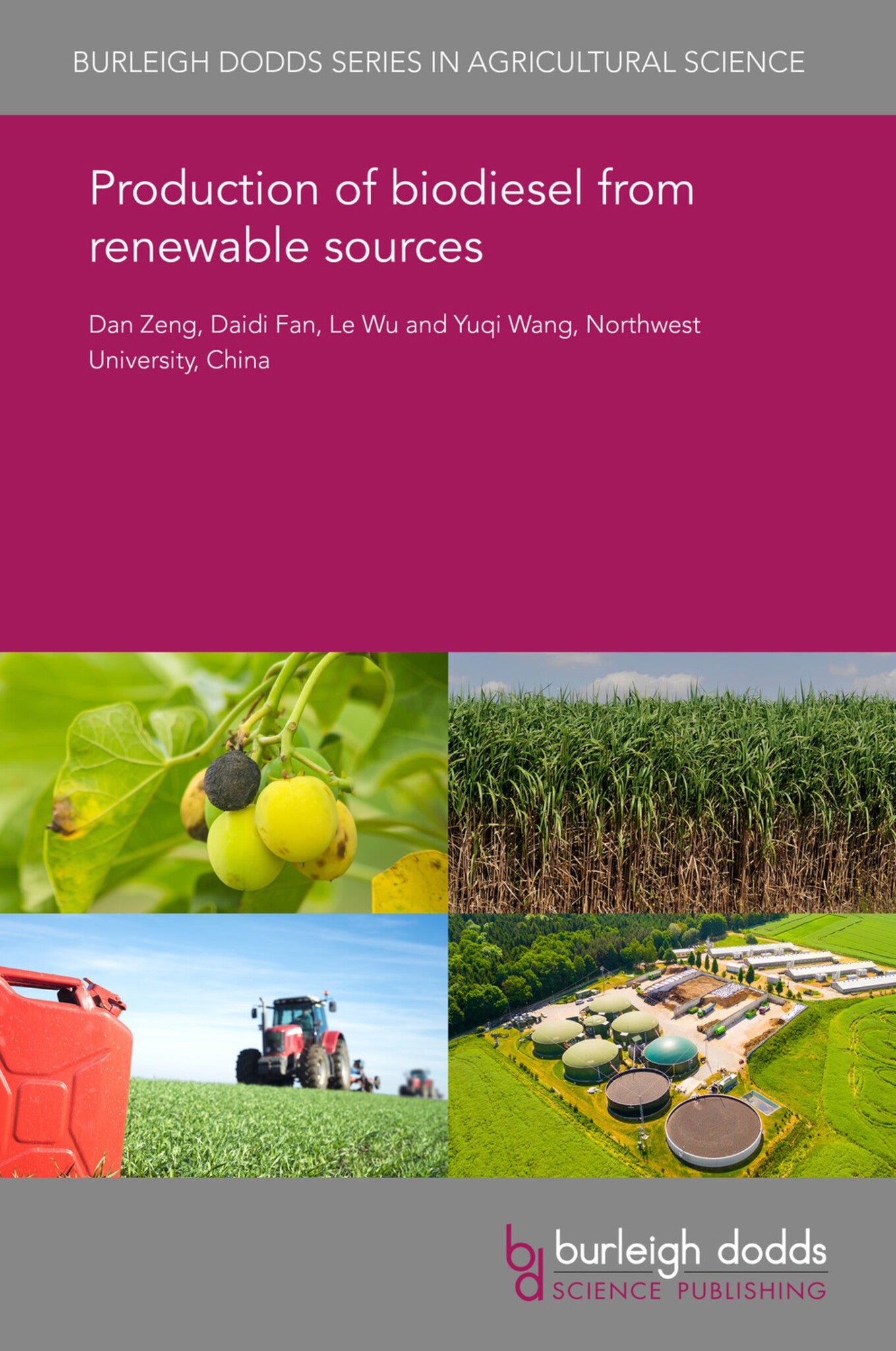We're sorry. An error has occurred
Please cancel or retry.
Production of biodiesel from renewable sources

Some error occured while loading the Quick View. Please close the Quick View and try reloading the page.
Couldn't load pickup availability
- Format:
-
10 February 2020


SCIENCE / Energy, Biofuels, TECHNOLOGY & ENGINEERING / Agriculture / Sustainable Agriculture, TECHNOLOGY & ENGINEERING / Power Resources / Alternative & Renewable, Sustainable agriculture

1 Introduction 2 Types of feedstocks for biodiesel production 3 Understanding transesterification for biodiesel production 4 Optimizing operating conditions for biodiesel synthesis 5 Optimizing supercritical transesterification technology for biodiesel production: a case study 6 Improving biodiesel quality 7 Conclusions 8 Where to look for further information 9 References



